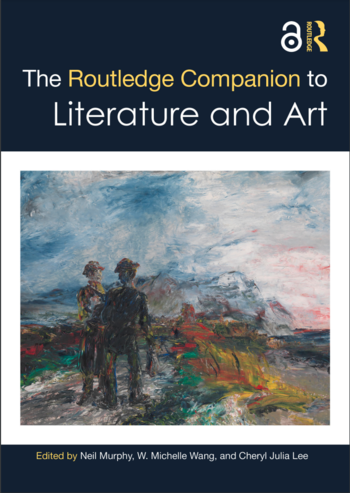The Temporal Politics of Chaucerian Ekphrasis and the Beginnings of Trecento Art History
Andrew James Johnston – 2024
Geoffrey Chaucer's works display a considerable interest in the Italian art of his day. What makes this interest so special, this chapter argues, is that Chaucer engages not simply with conventional poetic approaches to visual art, but also with the ways in which fourteenth-century Italian writers were developing a notion of art history based on orientalizing and teleological principles of periodization. Chaucer was not only aware of the art historical narratives his Italian contemporaries were constructing, but subjected those narratives to a stinging critique that took as its point of departure the tradition of ekphrasis within the essentializing discourse of the paragone, the competition between the arts. Chaucer opposed this discourse by developing a notion of the Gesamtkunstwerk.
Andrew James Johnston. "The Temporal Politics of Chaucerian Ekphrasis and the Beginnings of Trecento Art History." In The Routledge Companion to Literature and Art, edited by Neil Murphy, W. Michelle Wang, and Cheryl Julia Lee, 175–88. Routledge Literature Companions. London/New York: Routledge, 2024. http://dx.doi.org/10.4324/9781003273356-15.
